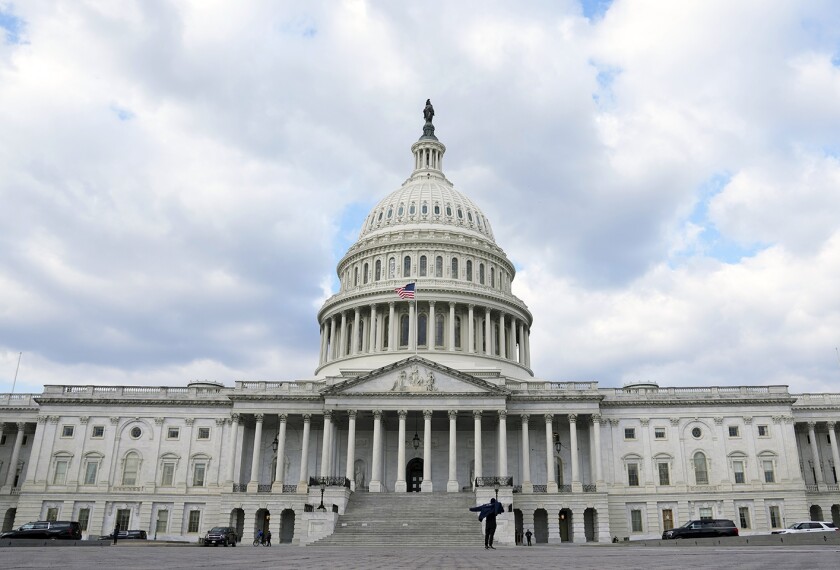An equity-oriented education agenda starts with the budget. As Pennsylvania’s secretary of education, I know that how a state chooses to invest its money matters and that it also serves as an expression of its values. A budget should provide the resources that pave the way for students to meet and exceed high standards. It must also address the disparate conditions that exist for far too many children.
Under the leadership of Pennsylvania’s Democratic governor, Tom Wolf, we’re making important strides. In shaping the budget, state leaders recognize that equitable does not always mean equal; rather, a responsible, equity-oriented budget considers the particular needs of students, communities, and families. Gov. Wolf has worked alongside both Democrats and Republicans in our legislature to increase funding for the state’s public schools by nearly $640 million over the last two years, while implementing a fair-funding formula that addresses a range of student needs.

Rigorous educational goals, such as Pennsylvania’s core standards, provide a north star to which all school districts and communities can aspire. Our math standards, for example, are designed to prepare all students to take trigonometry and calculus by their senior year of high school. More generally, Pennsylvania’s standards development has been informed by input from K-12 educators, and the initiative includes a commitment to high-quality professional development.
An equity-based education agenda should foster trust with parents, educators, and all K-12 stakeholders by describing school performance clearly and fairly. Our department of education supports the notion that school-performance data should not be used to label or shame, but rather to identify student pathways to success, while also informing curricular, instructional, and other strategies that educators can deploy along the way. In the next school year, the state’s education stakeholders will be able to use a new evaluation tool to measure each school’s progress in student achievement, graduation pathways, and availability of high-quality courses leading to college- and career-readiness. Grounded in research-based practices, the tool will allow educators to determine whether students are on track with grade-level reading and if chronic absenteeism is affecting academics, both of which are indicators for judging school success.
Finally, state leaders recognize that fostering stronger connections between public schools and the broader community requires the literal opening of the schoolhouse doors. For this reason, the state department of education is directly supporting community-driven programming by providing personnel, technical assistance, and outreach in many Pennsylvania districts. We have community partnerships that provide high-quality medical and mental-health services, family services, extended-day programming, and expanded breakfast and lunch programs in schools. This whole-child framework for school improvement seeks to guarantee that a child’s health, wellness, and social-emotional needs are met before he or she steps into the classroom. These factors can support student success and address some of the stubborn issues that are attached to intergenerational poverty.
A commitment to fair resources, organized goals, a strong measurement system, and deeper school and community ties is critical to building—and sustaining—an equitable education system for all students.




